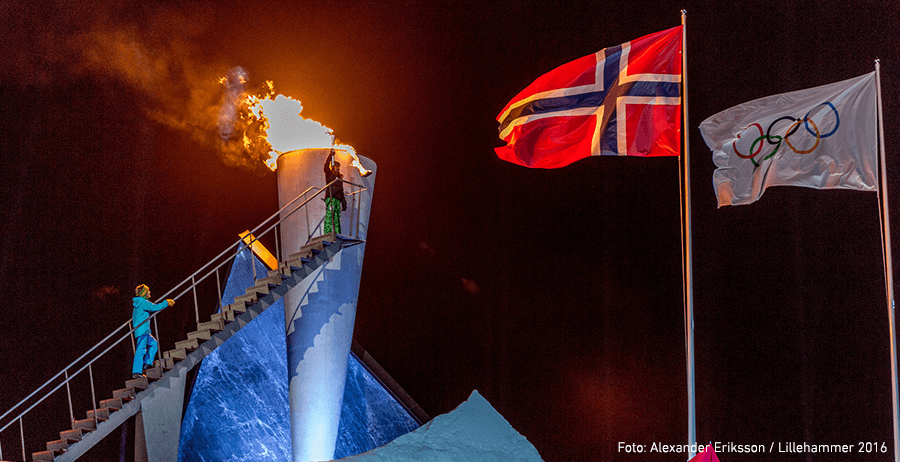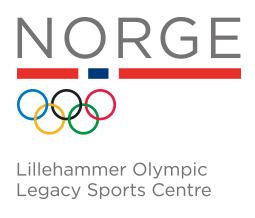Olympic Legacy (Lillehammer 1994 Olympic Games and Lillehammer Youth Olympic Games 2016)
After successfully hosting the Olympic Winter Games in 1994, the small Norwegian town Lillehammer went on to stage the Winter Youth Olympic Games (YOG) 22 years later, to similar acclaim. The success of the YOG was built on the legacy after Olympic Games two decades earlier, but the 2016 Games are far from the final chapter in Lillehammer’s ongoing Olympic story.
The Lillehammer legacy baton was proudly picked up by the organisers of the 2016 Winter YOG when they chose to use seven of the 1994 venues, including the iconic, 35,000-capacity Lysgårdsbakkene Ski Jumping Hill, the Birkebeineren Cross Country and Biathlon Stadium, The Olympic Oval (The Viking Ship in Hamar), The Olympic Amphi Theatre in Hamar, The Mountain Cavern Hall in Gjøvik and the Lillehammer Olympic Bob- and Luge Track. Lillehammer 2016 also successfully followed the sustainability filosophy of the 1994 Games and took it to the next level. Lillehammer 2016 was the first event in Norway to achieve ISO20121 certification for sustainable events. A contribution of EUR 13.5 million from the IOC helped finance the structure of the Youth Olympic Village and add to the existing infrastructure. An ambitious 10-year plan for the 2016 Winter YOG to leave a sporting legacy similar to that provided by the 1994 Games was also put in place. Two hundred young leaders were trained, not only to offer support as volunteers during the YOG but also to encourage them to pursue careers in sport in the future, while 20,000 children from the Oppland and Hedmark regions of the country were invited to Lillehammer to both watch and participate in a wide range of winter sports. Read more about the Lillehammer Olympic legacy.

